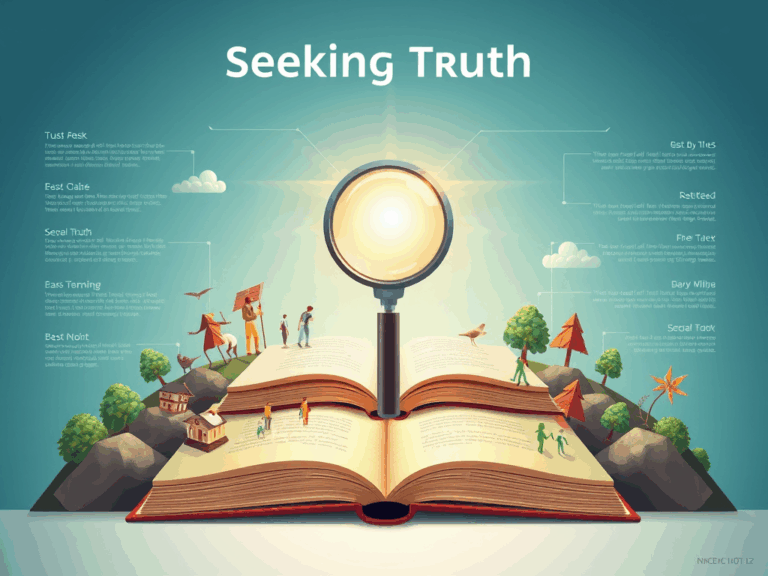Greetings, Energionistas!
My name is Joseph G. Whelan. I go by Joe. My publisher Henry Neufeld asked me to introduce myself to you. I will soon have the honor of being the first outside author (Henry has some of his own work on the site already) published under the newest imprint within Energion Publications, Enzar Empire Press.
Because the imprint is new, I really should introduce it as well. The reason for creating Enzar Empire is to publish “… original works of Mystery, Fantasy, & Science Fiction.” Those quoted words came from a flyer about Energion and Eucatastrophe (another imprint) and Enzar Empire that showed up in my email inbox in April of 2013.
 The first of those outside “original works” is Day of the Dragon, which happens to be my first novel, first book of any type, and first introduction to the world of traditional publishing. I have also written three other novels and a nonfiction book. I’ll say a little more about those other books in a moment.
The first of those outside “original works” is Day of the Dragon, which happens to be my first novel, first book of any type, and first introduction to the world of traditional publishing. I have also written three other novels and a nonfiction book. I’ll say a little more about those other books in a moment.
You could describe Day of the Dragon as science fiction but I prefer the term speculative fiction science fiction is off-putting to some people and I don’t want to chase away a block of readers who might really enjoy the story if only they were to give it a chance. You really shouldn’t judge a book by its cover. Also, a lot of science fiction takes place in imagined future worlds whereas Day of the Dragon takes place in the past. While copying no one’s writing style, my 30-second description of the book is that it is somewhat similar to the speculative fiction of Michael Crichton, who penned such famous novels as The Andromeda Strain and Jurassic Park. Jurassic Park is a highly apt metaphor because Day of the Dragon explores the “what if” scenario of the hypothesis that an intelligent species of dinosaur existed many, many years ago.
Hold on!” you might be thinking, “dinosaurs were big and impressive, but they had small brains.” That notion needs to be addressed because to be enjoyable to me and presumably to others, a story has to be plausible. It takes me about 1,000 hours to write a novel and I would not have committed to such a heavy time investment had the idea not been plausible. The plausibility issue is addressed more fully in the book but the basic idea stems from the recognition that birds are dinosaurs—and therefore dinosaurs must also be birds—and that some birds, such as parrots and crows, are quite smart. Suppose you had a crow as large as a person with a correspondingly larger head and brain, and further suppose that this über-crow had hands instead of wings.It is believable that this über-bird (über-dinosaur) might be about as smart as a typical Homo sapiens—perhaps smarter—and its hands with opposable thumb-claws would have enabled it to pick up rocks, light fires, deal with Tyrannosaurus rex, and eventually even star in its own book ages after it went extinct. That last trick might have been its best.
Is there any evidence for this? No, there isn’t – or at least not yet. While I’m not holding my breath for it to happen, it wouldn’t surprise me in the least if it’s a breaking story in ten years, or five years—or tomorrow. The bottom line is this: Is it proved? No. Is it plausible? I think so. Is it possible? Absolutely!
You might have an interest in the birthing process of Day of the Dragon. It goes back almost as far as traditional dinosaurs. That’s a slight exaggeration but it does go back over 30 years. It was about that long ago that the scientific conception of dinosaurs began to change because of new evidence. That evidence suggested warm-bloodedness in some species, parental care, and the crucial recognition that birds and dinosaurs are the same class of creature. In this view dinosaurs did not become extinct. They are still with us. I saw some flying around this morning.
During those 30 years, I mentioned the intelligent dinosaur idea exactly twice. The first time was in 1979 and the person to whom I mentioned it wasn’t interested, so the conversation moved on, and although I didn’t forget about it, I took no action.
The second time was when I was visiting an older brother in another state in 2010. We were talking in his library after I had been there several days. I was flipping through a book on birds, of which he has several. He told me the amazing story of a lady hiker who was walking alone through the woods one day and her attention was caught by an unusually noisy crow. Its raucousness enhanced her situational awareness and soon she realized that a mountain lion was stalking her. When the predator realized it had been detected, it disappeared, seeking an easier meal. When she got home, she talked about the crow that had saved her life. But it turned out that there was a researcher who had been studying crow-cougar interactions and what he had learned is that sometimes crows make noise around humans and other large animals not to warn them that a mountain lion is nearby, but to alert the mountain lion that a potential victim is within killing range. The crow hopes the lion will kill the human so that the crow can feast on the remains without doing much work or assuming much risk on its own.
Naturally, my brother and I started talking about the intelligence of birds. I happened to mention that birds are dinosaurs, which my brother already knew because by then the link had been established for at least three decades. I went on to mention, for only the second time in my life, my theory that maybe way back when there used to be intelligent dinosaurs, perhaps they had even developed their own technology. There was an unusually long pause before my brother responded and when he did he said:
“That would make a great science-fiction story!”
I thought about that and within a few seconds realized he was right. It would make a great science fiction story. If only someone would write that story …
I wrote that story. Two more years passed in which I tried and failed to interest traditional publishers in the book. I wrote additional novels about the same imagined saurian world, beginning a series the creation of which continues. No publisher wanted any of them. I gave up on traditional publishing and began exploring self-publishing. In April of 2013 I received an invitation to meet Henry Neufeld for the purpose of discussing going to print with Enzar Empire. I almost declined because by then I had mentally crossed the Rubicon, and in my mind I was “done” with traditional publishers. But one thing led to another and here we are. I hope you enjoy reading Day of the Dragon. I did and I believe you will too.
 That covers my fiction writing to date. I also mentioned a nonfiction book. That is called Ameritrekking and Highpointing: Discovering America the Beautiful and is available as an e-book from the Amazon Kindle store .
That covers my fiction writing to date. I also mentioned a nonfiction book. That is called Ameritrekking and Highpointing: Discovering America the Beautiful and is available as an e-book from the Amazon Kindle store .
What is a highpoint? A highpoint is defined as the highest naturally occurring geographic point in any given state. Each state has a highpoint, even lowly Florida. Some of the western highpoints are big mountains. I discovered the hobby working as an accountant and computer manager while confined in a corporate cubicle for 23 years. After I had earned enough accrued time off, I started taking two-, three- and four-week vacations. The years passed and, before I knew it, I had driven over 100,000 miles and spent more than a year on the road. I had also visited 45 of the 50 highpoints.
In addition to a camera, I traveled with a journal every year. I turned the story of the first 8,000-mile trek into Ameritrekking and Highpointing. This is not really a book about mountaineering because I am not really a mountaineer. It is more a book about America-discovery and self-discovery while exploring beautiful parks, Native American historical sites – and my first two highpoints.




